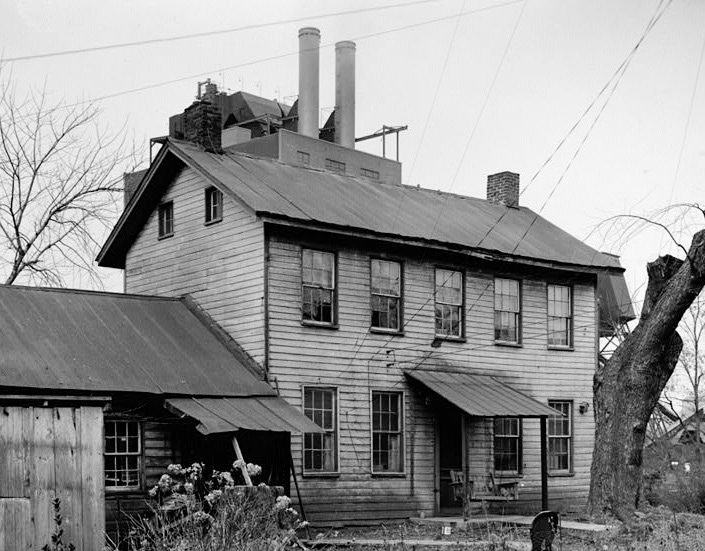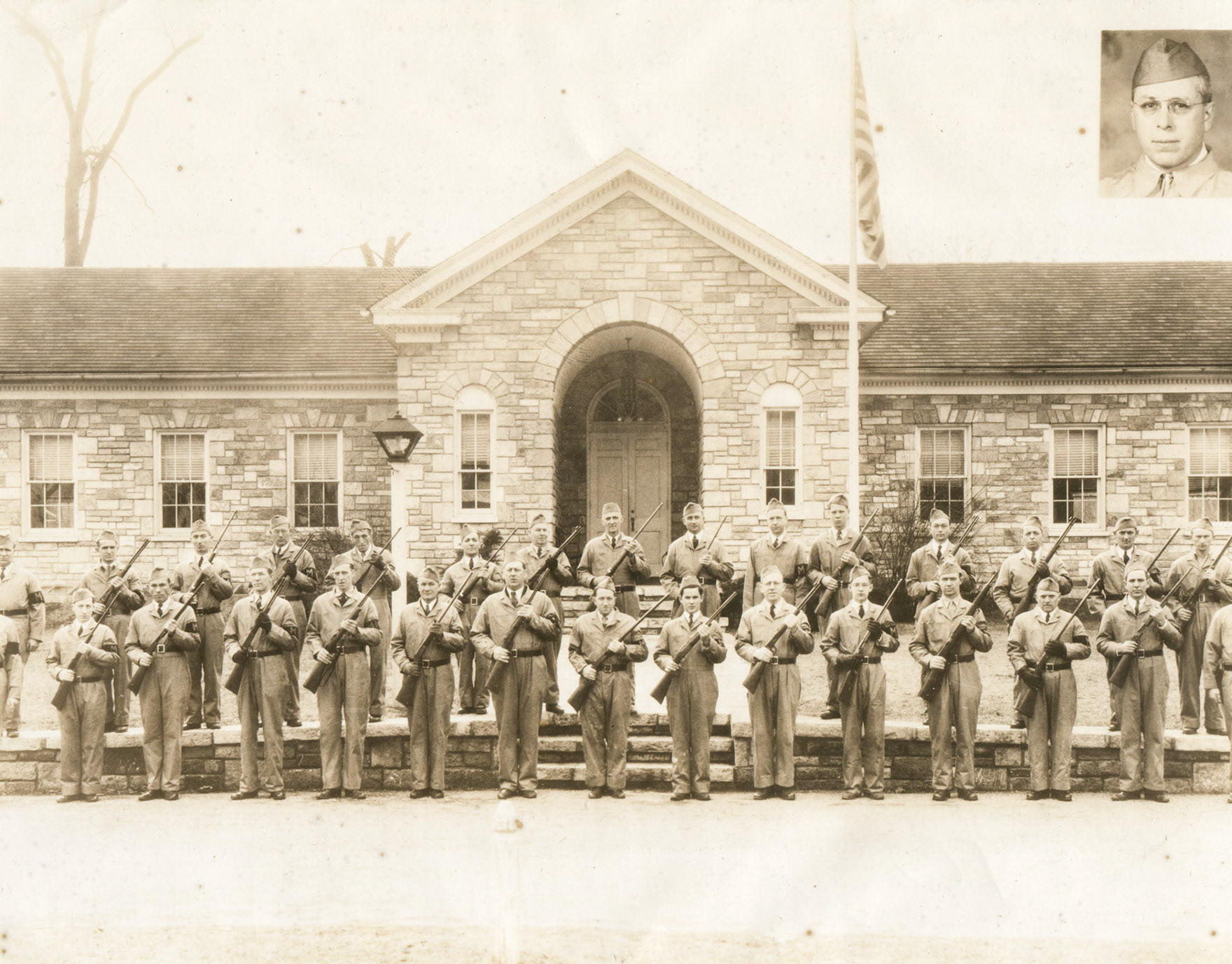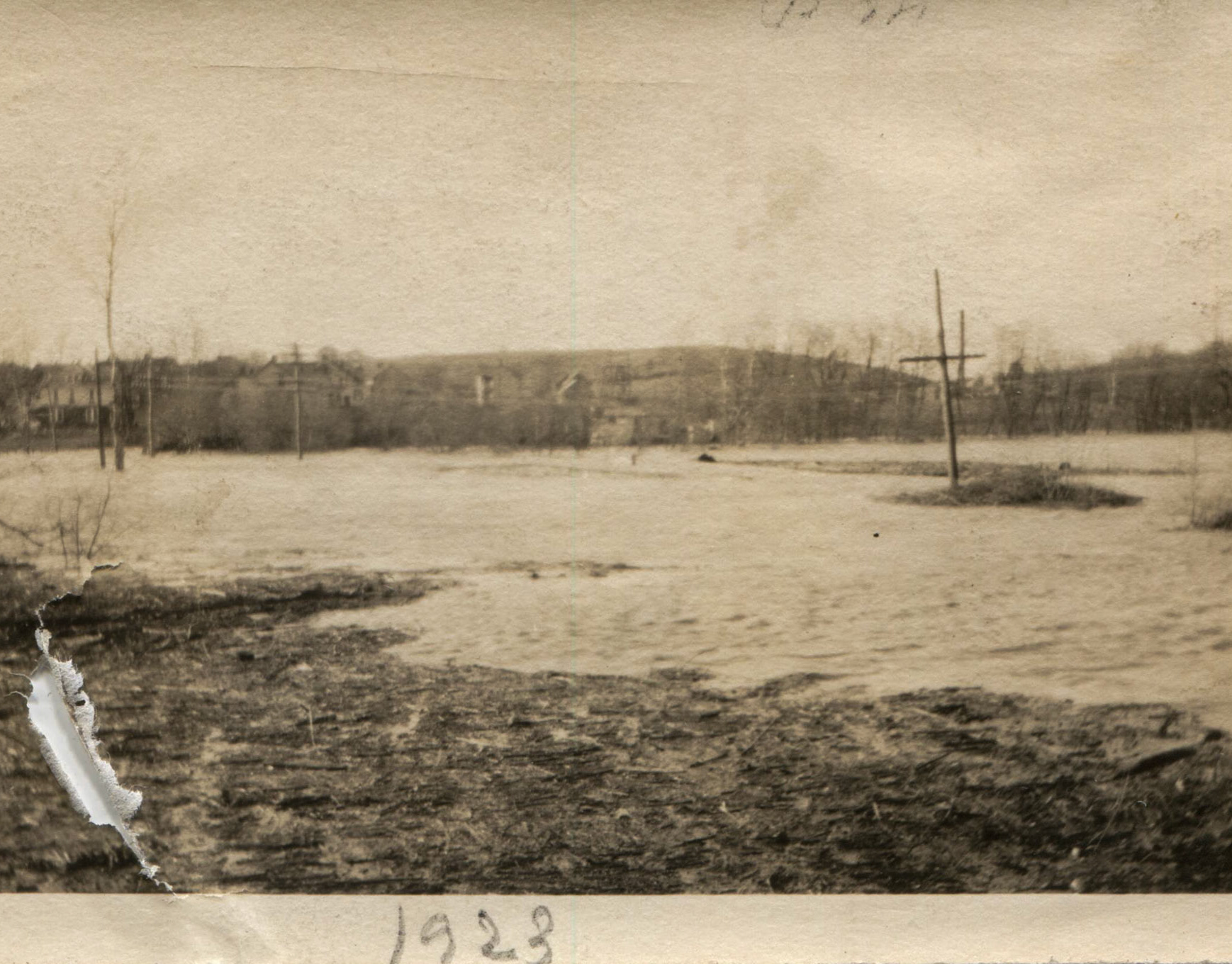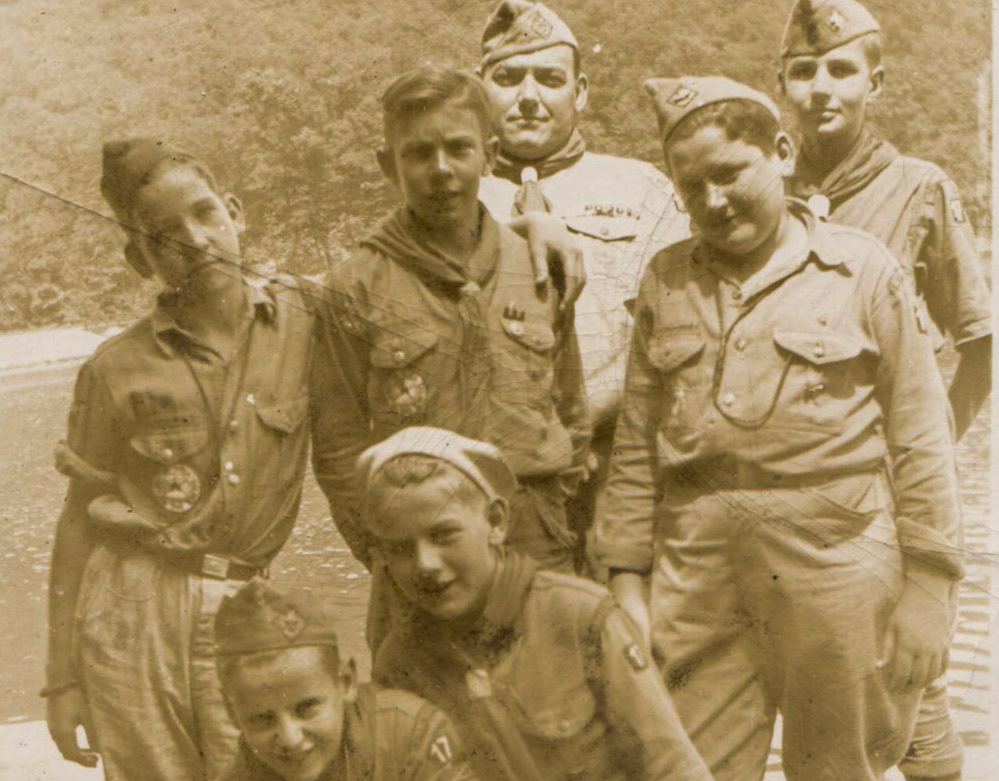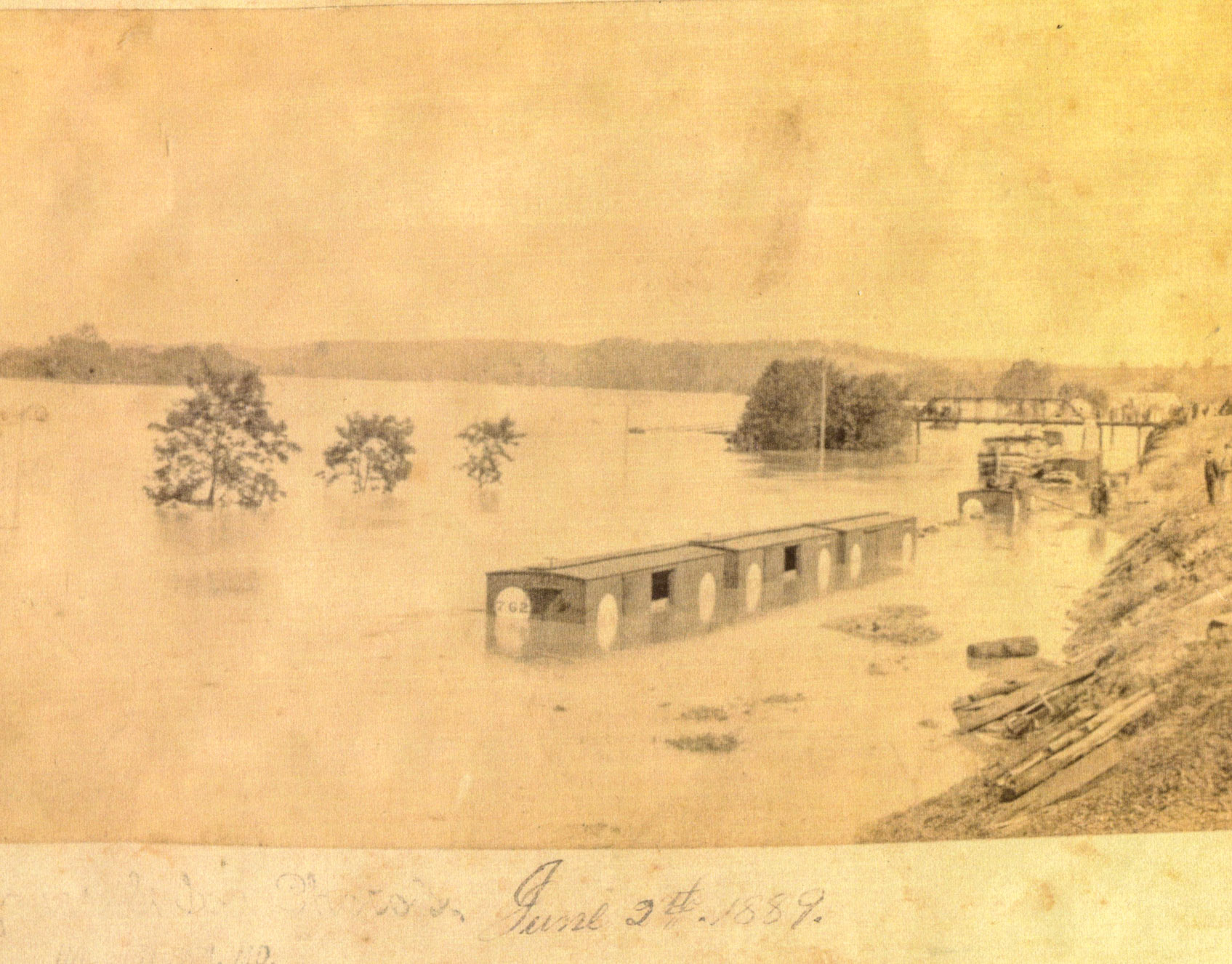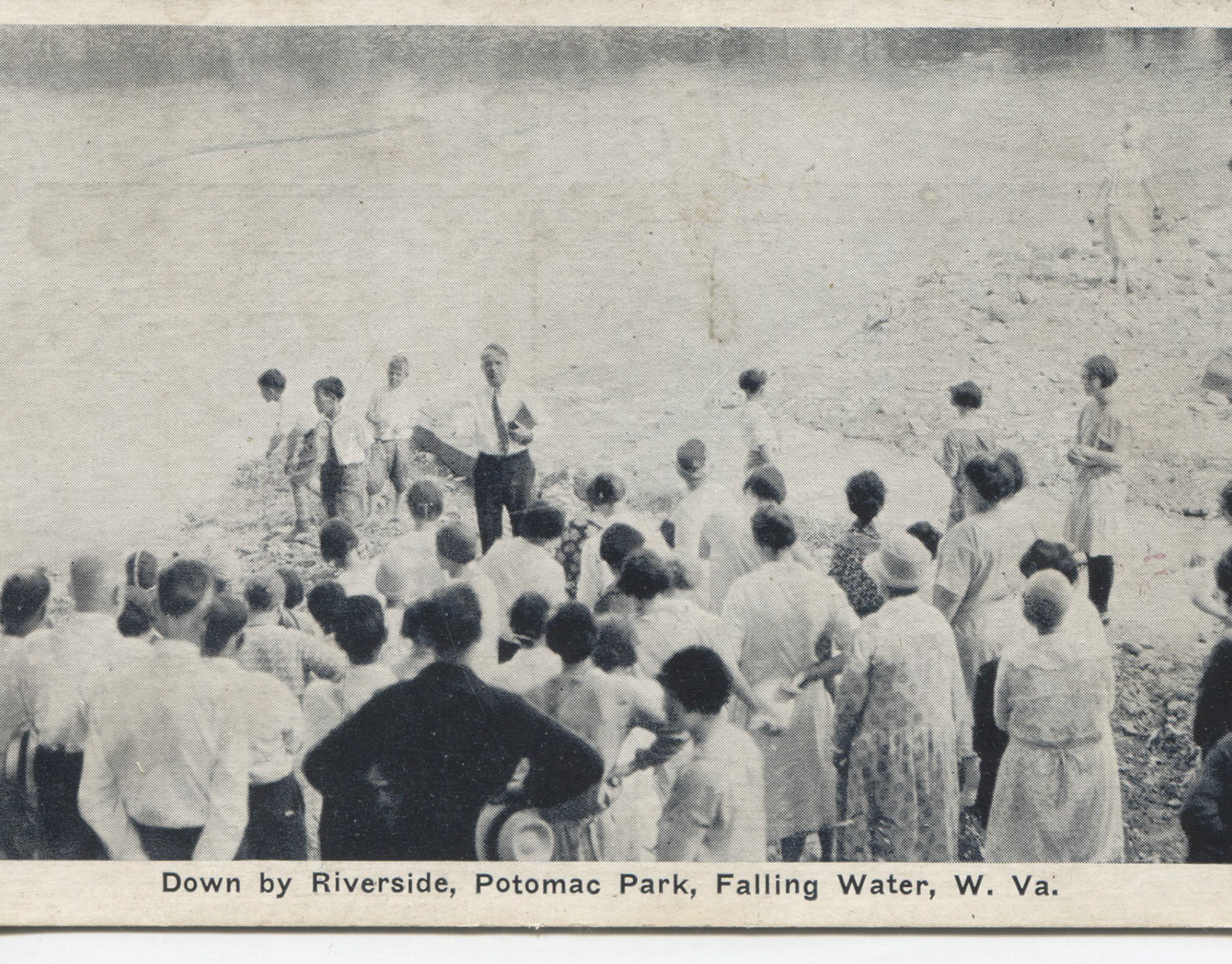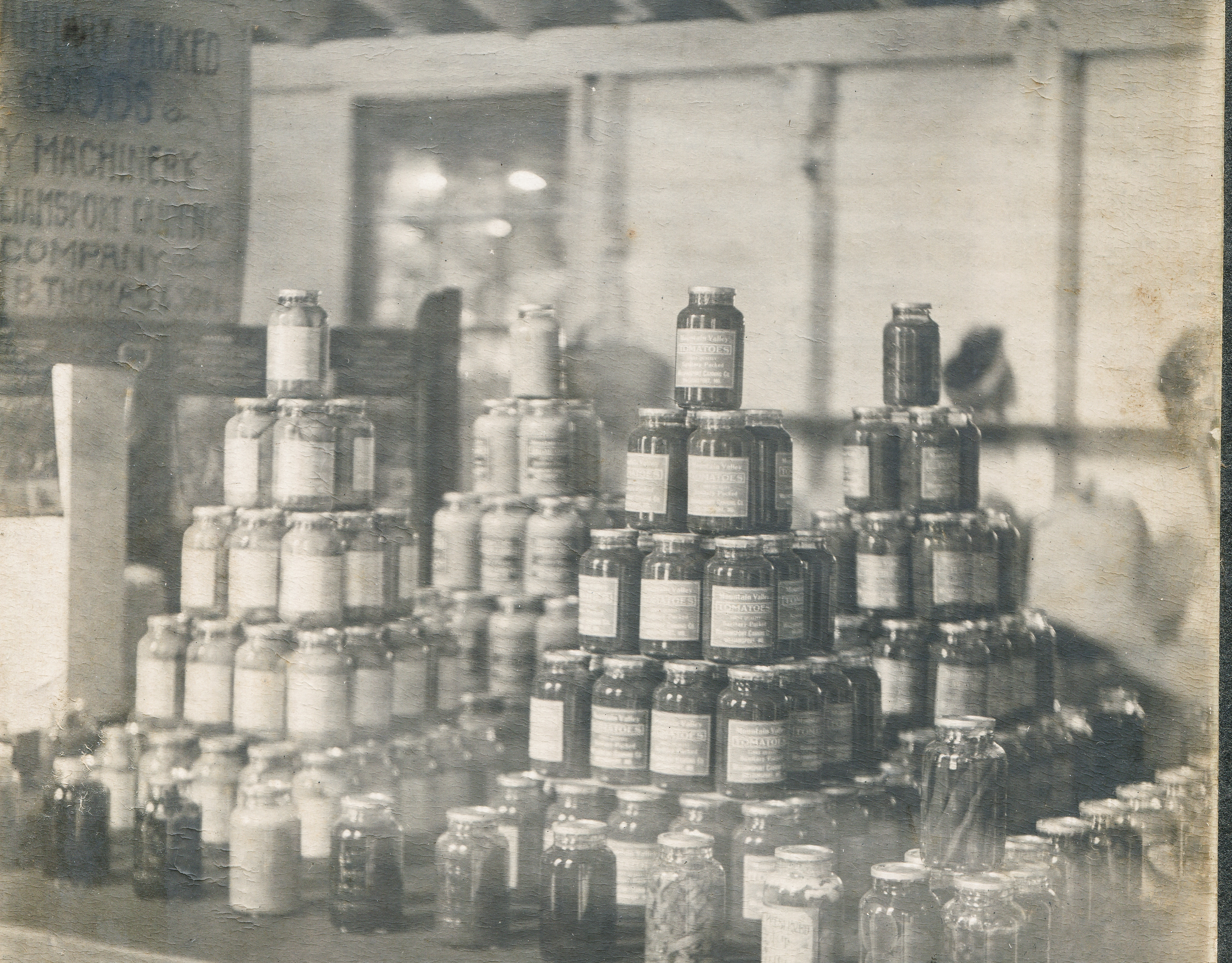For many years, Williamsport was second only to Hagerstown in population and economic production. Often a hotbed of political sentiments, weekly newspapers from this town are rare and highly prized. In March of 1886, life-long Williamsport resident, John Long, died at age 64. A printer by trade, his obit noted he had "commenced" the publication of the Journal of the Times in 1853 (Modern Times and Home Journal), and was connected with the Williamsport Ledger in 1858, and more recently with the [Williamsport] Leader.
Take time to enjoy some of the advertisements at the end of this article.
Republican Banner
Published by Thomas Croft in Williamsport, Md. 1830-185?. Two copies on file 31 Mar 1832 and 5 Feb 1842
Modern times and home journal
Published Semi-weekly 1846-1847 at Williamsport, Maryland. No Copies
Potomac Sentinel.
Williamsport, Md. 1851-185?. First published as the Clear Spring Sentinel 1849-1851. No copies
The Owl
circa 1854
Publisher Thomas Allen. A small single-page paper. Both sides of the only known copy are shown here.
Williamsport Ledger
1858 - 1861
Editor - Reverend Charles H. Russell
To our knowledge, there are no surviving copies of the very short lived, but influential Pro-Union newspaper Williamsport Ledger.
According the John Long's obituary the Williamsport Ledger began publishing in 1858. The earliest reference to the Williamsport Ledger is October 1860, when several other newspapers, including the Alexandria Gazette, repeated the Ledger's grisly account of the death of canal boatman George Patterson near Hancock. In November 1860, the Alexandria Gazette and others carried the Ledger's notice that the guard bank at Dam #4 had washed into the canal and it would take two weeks to repair.
Then, nothing until June of 1861 when the Summit County Beacon in Akron, Ohio, repeated a most interesting article confirming Reverend Russell's allegiance to the Union: "No one will question our devotion to the Union, nor our hearty good-will to the Union party. As its friend, we have a right to be heard." The editor, Reverend Charles H. Russell, wanted to be heard.
June of 1861 was a tense time for the Town of Williamsport. On June 11, the son of a wealthy local landowner and Confederate sympathizer D. Clinton Rentch was shot and killed on Conococheague Street. One week later, elements of the 13th Pennsylvania marched through Williamsport and into Virginia, returning a few days later under the protection cover fire provided by Abner Doubleday and his battery of siege guns on the hill next in the cemetery.
When Doubleday and Patterson left Williamsport on 2 July 1861, the 13th and 8th Pennsylvania Regiments remained at Williamsport to protect communications with the base of supply. According the regimental history of the 13th Pennsylvania, the soldiers "procued" the Williamsport Ledger office and commenced publication of a regimental newsletter entitled the "Pennsylvania Thirteenth." The first edition of the newsletter rolled off the press July 4, 1861, and was devoted to patriotic sentiments of the camp, wit and humor. The regimental history continues that the soldiers continued to publish their newsletters on a "portable press and materials having been purchased and moved with the regiment" until after the Battle of Antietam in September 1862.
It seems reasonable that the soldiers of the 13th Pennsylvania purchased their printing press from the Reverend Charles H. Russell, editor of the Ledger, as Russell enlisted in the Union Army on August 5, 1861. Almost immediately, Reverend Russell become famous as the "fighting Parson," Captain (later Major) Charles H. Russell of the 1st Maryland Cavalry.
Russell's position as editor of the Williamsport Ledger is reported in the Hagerstown Herald and Torch Light, Jan 2, 1867, after the arrest of Jerome Glosson for the killing of D. Clinton Rentch in the summer of 1861. The Herald & Torch Light carried the detailed account of the incident as published in the Ledger 12 Jun 1861, The article noted the Williamsport Ledger was "then edited by the gallant Major Charles Russell."
Born in Bridgeport, Connecticut, Charles H. Russell (1827-1895),attended Yale University, then trained for the ministry and moved to Williamsport, Maryland about 1858 to serve the Presbyterian church. If John Long's obit is accurate, Russell immediately began editing and printing the Williamsport Ledger, probably from his offices in the Presbyterian Church. Today the Presbyterian Church building houses the Williamsport Moose Lodge.
The Maryland Free Press
Williamsport 3 May 1866 to 15 Nov 1866
The Maryland Free Press was a weekly newspaper published in Hagerstown, Maryland, between 1862 and 1876. Andrew G. Boyd, editor and proprietor of the Free Press, created the paper in order to represent the Democratic point of view in Western Maryland during the Civil War. His goal was to exercise the freedom guaranteed us by the Constitution, of criticising the acts of this, or any other administration, regardless of forts, ropes or bayonets, lawless mobs, or private malice.The paper included local news, war reports, market reports, an agricultural section, and advertisements.
Boyd began his newspaper career apprenticing for William D. Bell of the Hagerstown Torch Light and Public Advertiser and for his brother, John W. Boyd, of the Hagerstown News. The Boyd brothers edited the weekly edition of the News until John retired in January 1847, leaving Andrew in charge.
The Maryland Free Press began publication on October 31, 1862, when rivalry amongst the Hagerstown newspapers was fierce. The contention was at least partially due to the fact that some papers, such as the Maryland Free Press and the Hagerstown Mail, sympathized with the South, while their rival, the Hagerstown Herald of Freedom and Torch Light, opposed secession. Due to its support for the Confederate cause, the federal government suppressed the Maryland Free Press after its March 13, 1863, issue, stating that the paper had printed matters of an incendiary and revolutionary character, tending to, and evidently designed to encourage and foster insurrection, rebellion and hostility against the Government of the United States. Boyd was arrested on March 12 and exiled to the South for the remainder of the Civil War, where he enlisted in the First Maryland Cavalry of the Confederate Army as a private.
Over three years later, on May 3, 1866, the Maryland Free Press reappeared in Williamsport, Maryland, bearing the motto Truth Crush'd to Earth, shall Rise Again and endorsing the policies of President Andrew Johnson. The paper resumed publication in Hagerstown late in 1866. After the Civil War, the Maryland Free Press criticized Reconstruction, resented the newly freed slaves, and opposed efforts to protect their civil rights. Boyd remained the editor of the paper from the time of its return in 1866 until 1875, when he left it in the hands of his son Marmaduke Wyvil Boyd. "Duke" Boyd changed the title to the Reporter and Advertiser in March 1875 before selling it to the Hagerstown Mail in April 1876, when it was discontinued.
Williamsport Pilot
1870 - 1884. Publisher Oscar S. Shawn
Noted as printed in the Pilot Offices above the store of Strickel & Richard on Conococheague Street. Copies available are 22 Oct 1870, 5 Oct 1872, 4 Oct 1873,
Williamsport Leader
1884 - 1921. George W. McCardell publisher.
Copies available 10 Oct 1885, 17 Apr 1917
Succeeded the Williamsport Pilot. The Waynesboro Press carried an article 12 Feb 1921 on the closing of the Williamsport Leader, noting it had been published in Williamsport for almost 50 years by Colonel George W. McCardell.
The Williamsport Leader was the longest running of the Williamsport newspapers. Editor and publisher George McCardell was an outspoken editor, highly critical of elected politicians and judges. He closed the paper in 1921 citing lack of local support, however he was age 72. He and his wife left Williamsport moving to Hamilton Blvd where he died in 1932.
Williamsport Transcript
1884 - 1900? One copy 27 Aug 1898
Williamsport Sunday Owl
circa 1885
Editor and Publisher B. Frank Waterfi---- (Waterfield?) no further information on the publication. One copy available 1 Feb 1885 shown below
Enjoy some of the advertisements from the locals papers. Some merchants we know, some never before heard. Beginning with - Did you know Williamsport had a Blue and White Corner? An advertisement in the May 1854 edition of the Williamsport Owl offered " Superior Shallie Barages - cheap and beautiful designs" available at John Hughes "Blue Corner." No, we don't know what Shallie Barages is.
A few of the Doctors and Dentists. . .
Grocer's, Dry Goods, and Clothiers
Lumber yards, Stoves and Tinware by the Miller Families
Restaurants and Local Distilleries

